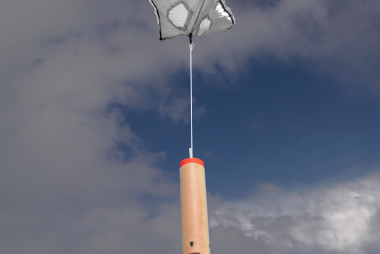NSF NCAR's GV Aircraft Returns to Service After Major Inspection
NSF NCAR’s Gulfstream V (GV) research aircraft is back on track following a major inspection, ensuring it remains in top condition to support upcoming airborne research campaigns. The extensive maintenance process, a routine but critical step in sustaining the GV’s long-term performance, covered the 72-month calendar inspection, which included a full structural review, systems checks, avionics testing, and deep maintenance evaluations. Additionally, all recurring inspections were reset to a winter base month, allowing for uninterrupted summer research campaigns and optimizing aircraft availability. With this work complete, the GV is fully prepared to resume its role in advancing atmospheric science.
This milestone would not have been possible without the dedication of EOL's aircraft operations team, who worked tirelessly to oversee the inspection process and ensure every detail was addressed. From coordinating with maintenance providers to conducting thorough post-inspection checks, their expertise and commitment have been essential in bringing the GV back to operational status. Their efforts reflect the high standards of safety and reliability required for scientific aviation.
The GV is a key asset for NSF's Facilities for Atmospheric Research and Education (FARE) Program, enabling high-altitude and long-range airborne observations essential for studying atmospheric processes across the globe. The recent inspection helps maintain its reliability for complex research missions, ensuring scientists can continue collecting high-quality data in challenging environments. This readiness is particularly important as upcoming campaigns will rely on the GV’s unique capabilities to support cutting-edge investigations.
With the aircraft now cleared for flight, NSF NCAR looks forward to deploying the GV in support of new and ongoing scientific initiatives. Researchers and project teams can once again count on this highly capable platform to provide critical insights into our atmosphere and furthering our understanding of Earth’s systems.


